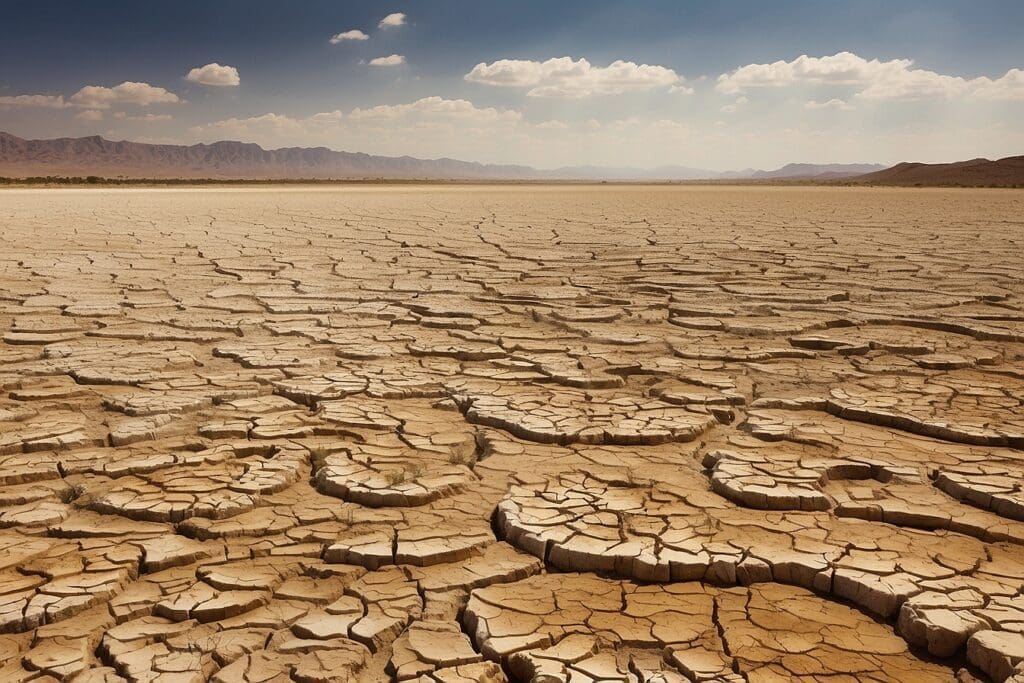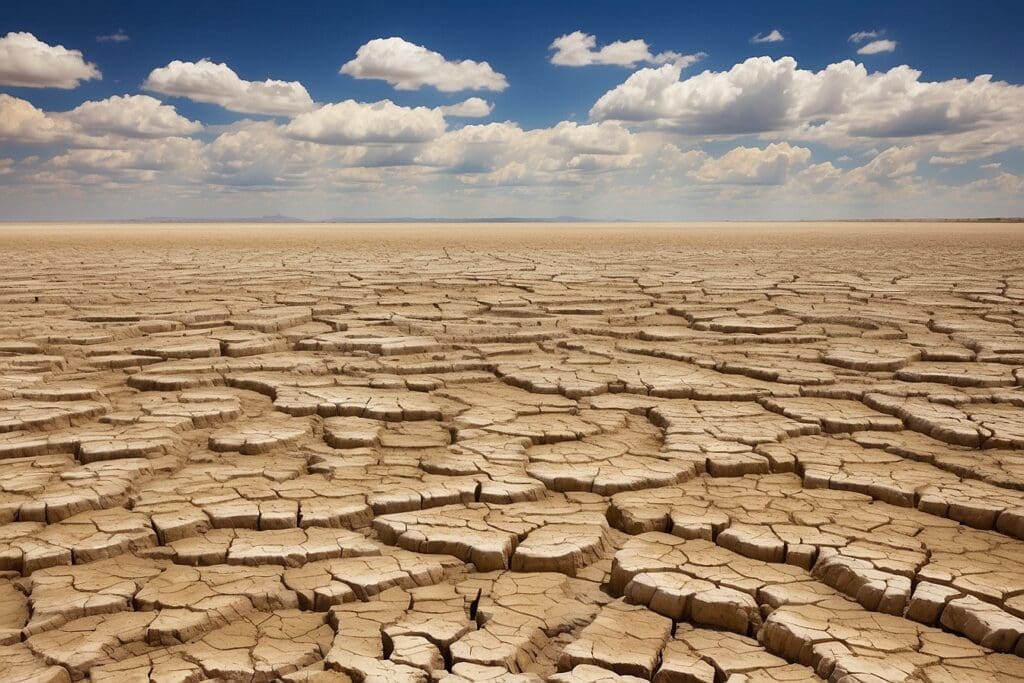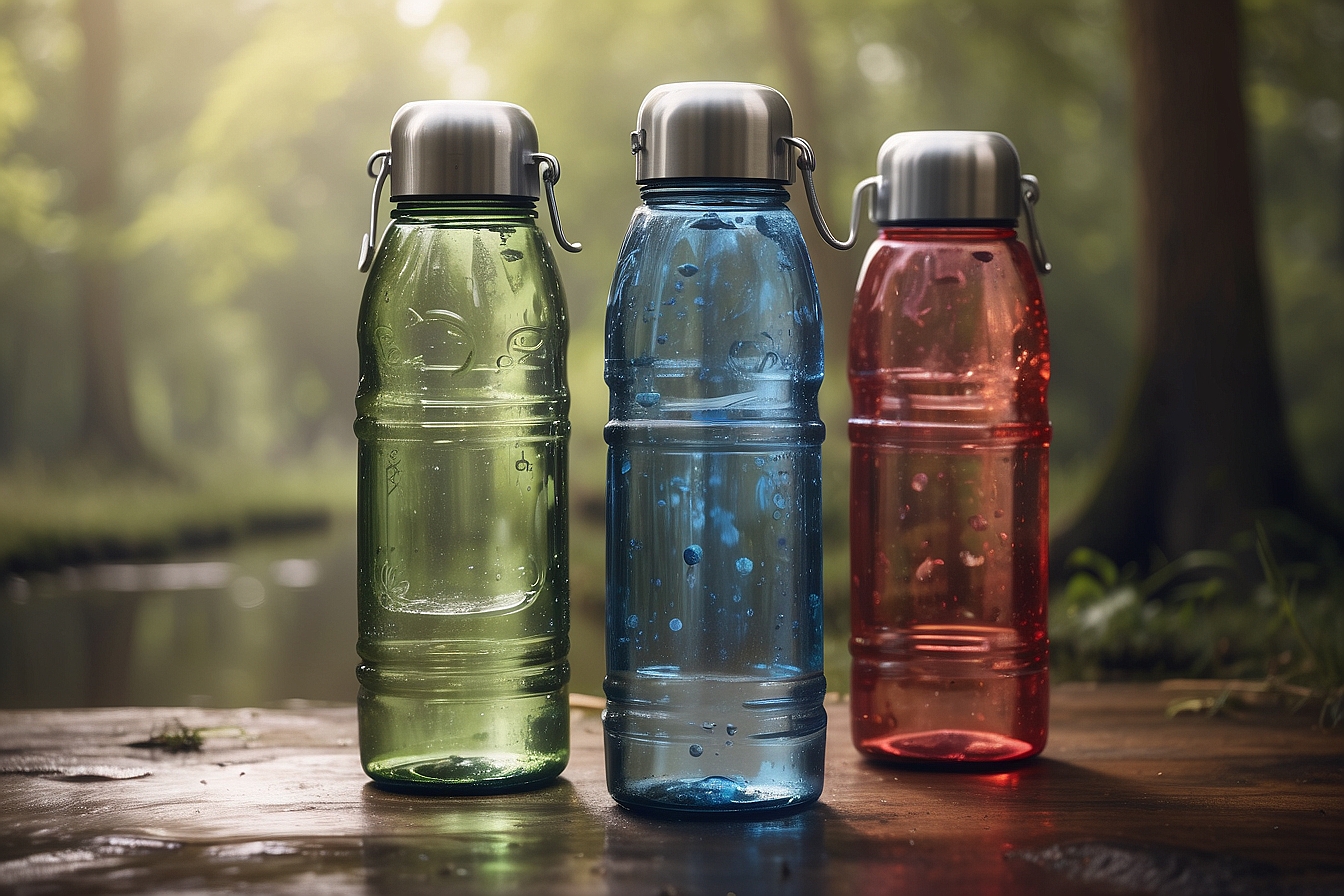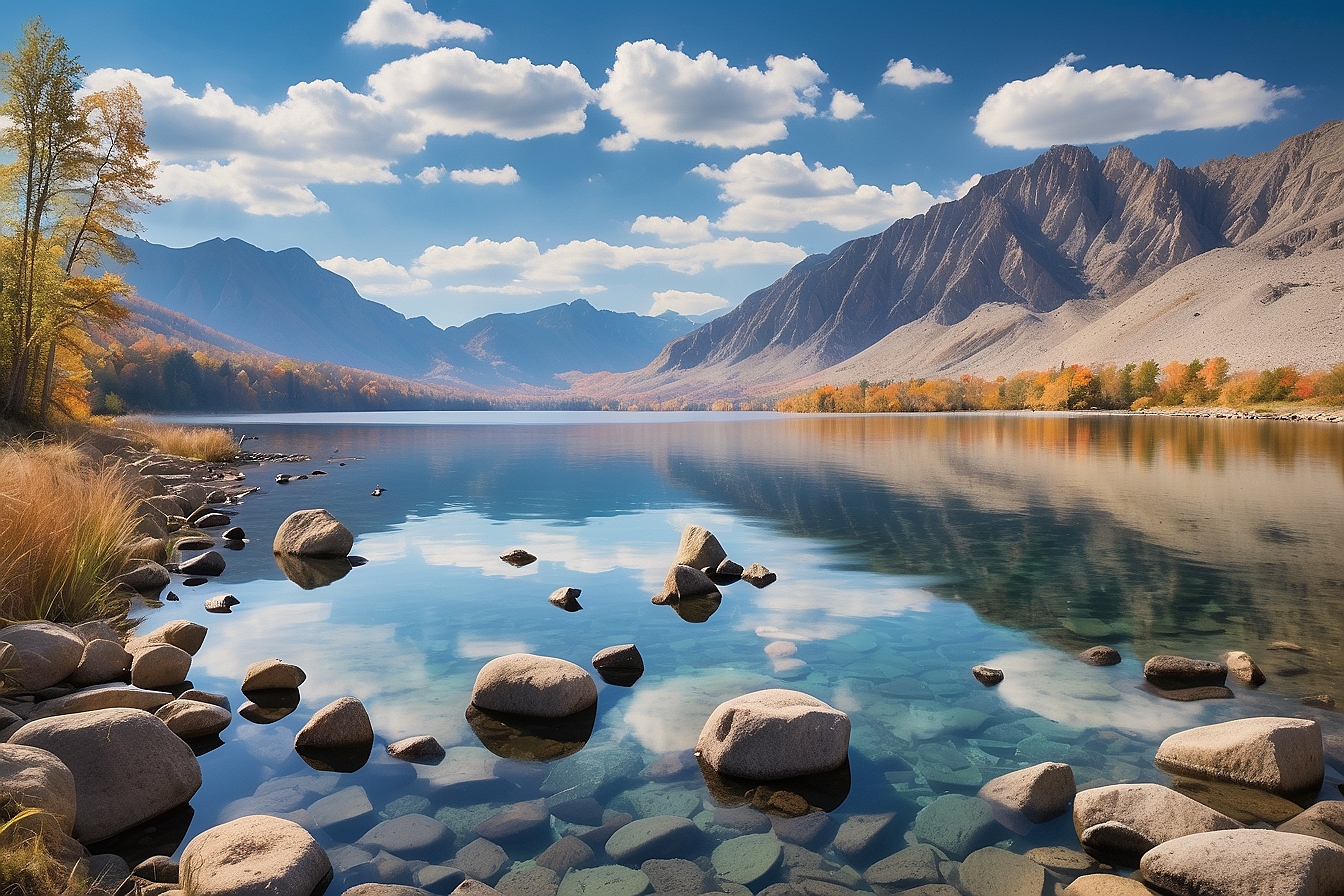The impact and magnitude of the current California drought may be a difficult concept to wrap our heads around, but certainly its impacts are being felt far and wide. Previously I had attempted to illustrate the economic and agricultural impacts created by the current drought and broadly define the issue within the context of California. Late 2014 brought mega storms to California, leading many to say, hey, the drought isn’t anything to worry about anymore! Alas, this idea couldn’t be farther from the truth. In fact, the Purissima Hills Water District sent an email to customers at the end of 2014 to introduce a new water management tool. In this email they highlighted the persisting severe situation, stating “[d]espite this month’s deluge, the California drought continues as one of the most dire on record. According to climatologists, it will take roughly 11 trillion gallons of rain, or three years of above-average rainfall to balance our water budget.”1
 i
i
To understand the drastic loss of California’s water, a visualization of its decline can provide valuable insight into the big picture.2 If we take Lake Shashta as an example, a mere 1.59 million acre-feet of water occupies the lake, compared to its 4.55 million acre-feet capacity. In an even bigger perspective, the West Coast has lost over 62 trillion gallons of groundwater over the past few years. This is especially troubling given that 60% of California’s water supply is sourced from groundwater. 3 Drought in California, however, falls within a much broader context of drought facing the contiguous United States.
Origins of the Current Drought

Unfortunately, drought-like conditions have transcended the boundaries of California to affect large swathes of the United Stated that have been facing drought-like conditions since 2011. As At the same time, the Southwest 4 has become ravaged by a drought that continues to effect 64 million people today.5 As an example, 97 percent of land in Nevada is experiencing drought. From there, drought-like conditions had even spread to the South to include Georgia and South Carolina, culminating into an event identified as 2010-2013 Southern United States Drought including approximately 13 States.6 Since the conditions of drought have not been resolved across part of the South, Southwest and California, an even newer name for the ongoing drought has been coined the 2012-2014 North American Drought.7 Indeed, once continental descriptors are used for what was always viewed as a localized issue, we can be certain of the vast magnitude of the current situation.
Today’s Drought in Historical Perspective
Unfortunately, drought-like conditions have been well documented as periodic incidents in California’s history. What is more worrying is the recent era’s increasing incidence of drought cycles over larger land areas when measured in 15-year periods.8 Perhaps one of the most well known and more catastrophic events was the 1977 California drought9 whose effects spurned on one of the first major water conservation movements and instigated 58 counties to declare a state of emergency.10
The current drought is the worst on record in California’s history possibly since 1580, if estimates and records can be accurately judged. 11;12 This has led to wider concerns regarding the potential emergence of a “megadrought” given the current situation. According to the study of tree rings, megadroughts lasting as long as 240 years might have occurred in California’s history, leading to speculation that perhaps the ongoing drought may be the beginning of such a cataclysmic event.13 To give a comparison, droughts of 1928-1934, and 1987-1992 were considered long periods of drought but perhaps only within our most recent geological time frame. As a result, periods of drought have been fairly common in California’s history but with less severe losses in comparison to today’s drought.
Meteorological Explanation
A drought can be generally defined as the severe dearth in precipitation within a region, but more specifically a combined interaction of three factors: moisture, lift, and atmospheric instability.14 Lift, in the context of hydrology, can be generally defined as the upward movement of air masses with moisture as part of an intricate movement cycle contributing to rain. Atmospheric instability may pertain to a commonly presented meteorological phenomenon known as a high pressure system that is sometimes misconstrued due to the naming. Pressurization is directly related to temperature gradients and fluid velocity by Bernoulli’s Principle15 (discussion of which can be found in this El Niño or La Niña conditions.
While the manifestation and persistence of the current drought is still not well understood, La Niña events linked to climate change .
https://web.archive.org/web/20160404094746if_/http://www.youtube.com/embed/rHWHuP91c7Y ii
Impact on Residential Communities
Several water conservation-directed regulations were put into place with a goal of cutting water consumption by 20% after Governor Brown’s declared State of Emergency in July 2014.19;20 We should be especially attuned to these regulations given that fines up to as much as $500 are being imposed on violators.21 The following are a list of prohibited activities prescribed by the State Water Resources Control Board (SWCB):22
- Use of potable water for the washing of sidewalks and driveways.
- Accumulation of runoff when conducting irrigation.
- Use of hoses with no shutoff nozzle to wash cars.
- Use of decorative water features that do not re-circulate water.
In addition, local water suppliers are mandated to impose restrictions on outdoor irrigation and report on monthly usage statistics. Further regulations may be imposed on a regional basis as directed by the SWCB and regulated by local water agencies. Examples of regional restrictions include:23
- Complete prohibition of washing building exteriors, parking lots and driveways.
- Golf courses, parks, and schools can be watered only between sunset and sunrise.
- Residential irrigation and lawn watering is prohibited between 10am and 5pm.
- Running water for car washes are prohibited, with nozzles being allowed only for momentary rinsing.
- Restaurants should only provide drinking water upon request.
- Commercial plant nurseries are allowed to water between midnight and 6am only.
Check your local water agency for a more comprehensive listing of restrictions in your area.24 It is apparent that a great emphasis has been placed on nocturnal irrigation activities, and regulators have enforced these rules to prevent wasteful watering practices. Irrigation during the day results in the evaporative loss of water which may be prevented by watering after sunset. Therefore, a bit of common sense and vigilance can go a long way in conserving water. Although given the current drought, this most likely will not be enough.
Where Do We Go From Here?
While history has uncovered the cyclic nature of droughts in California, the prospects of a megadrought certainly calls for a re-evaluation of the policy and culture of water usage across the nation. Our efforts to curb superfluous consumption not only mitigates the effects of our current crisis, but prepares us in the long term for the uncertainties that nature might throw at us. In addition, greater efforts must be made in elucidating long term factors and their interactions with promoting drought, especially within the context of climate change. Most importantly, please use water sparingly and spread the word!





